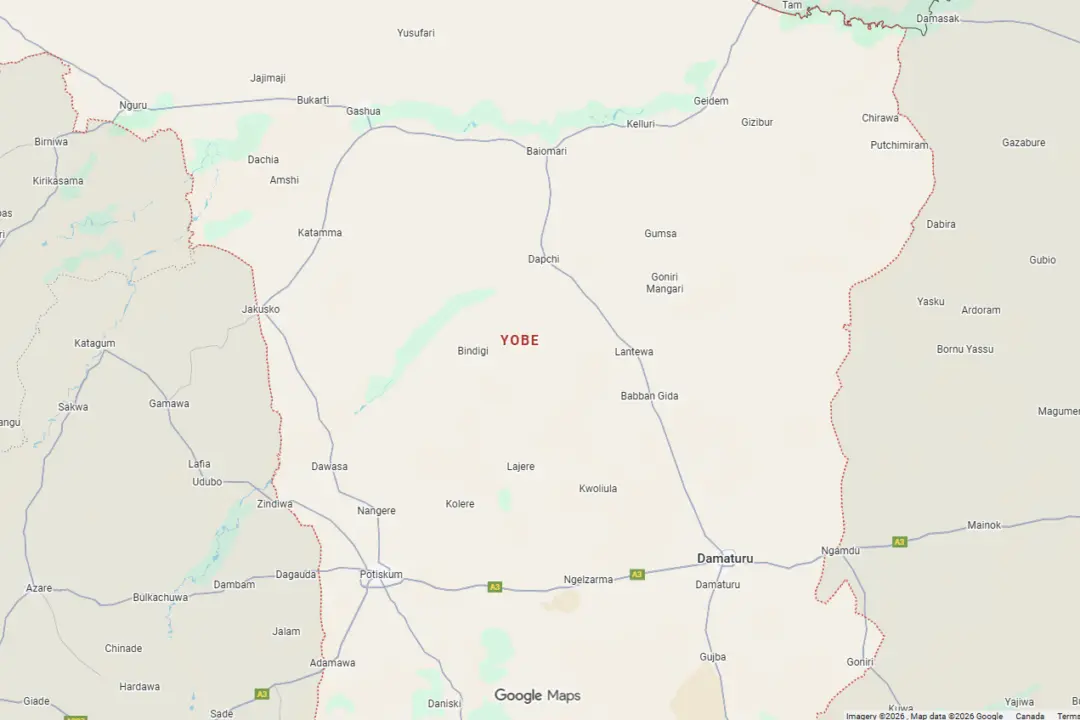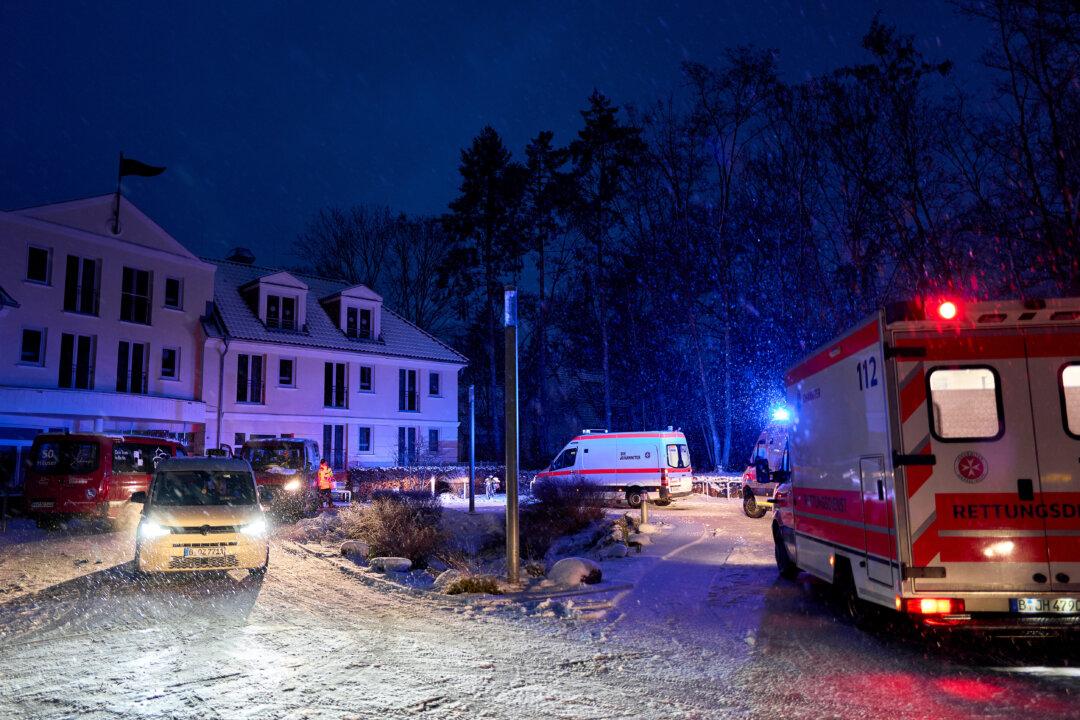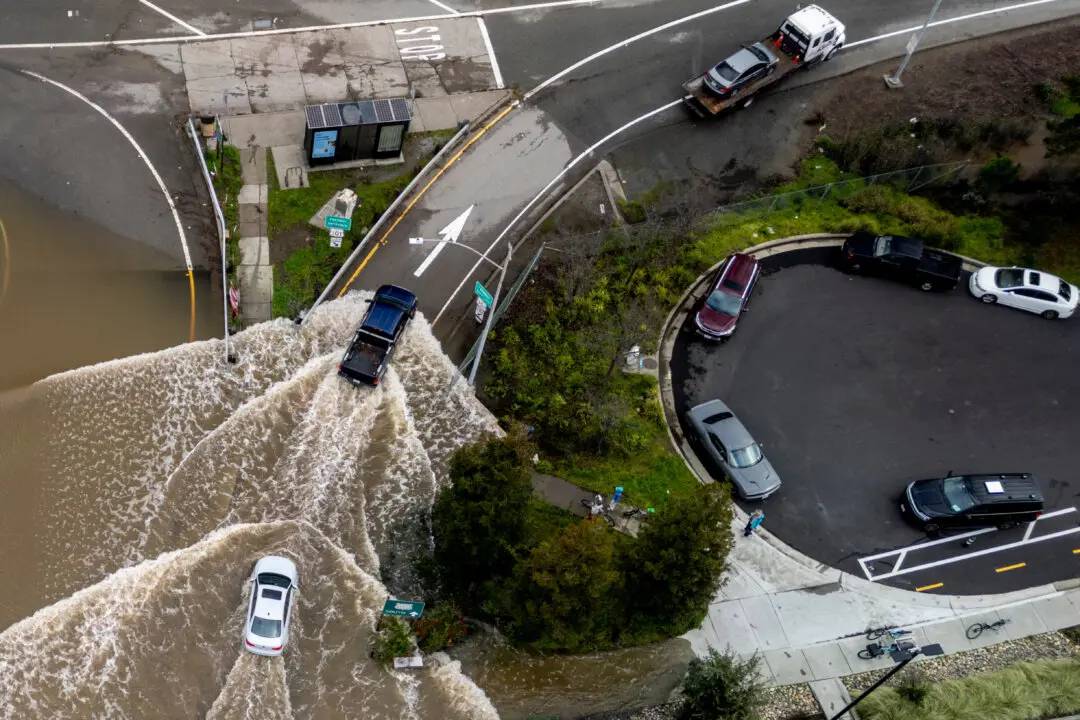CAPE CANAVERAL, Fla.—NASA’s Webb Space Telescope is finding bright, early galaxies that until now were hidden from view, including one that may have formed a mere 350 million years after the cosmic-creating Big Bang.
Astronomers said Thursday that if the results are verified, this newly discovered throng of stars would beat the most distant galaxy identified by the Hubble Space Telescope, a record-holder that formed 400 million years after the universe began.





